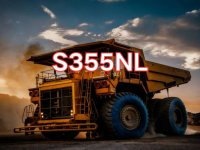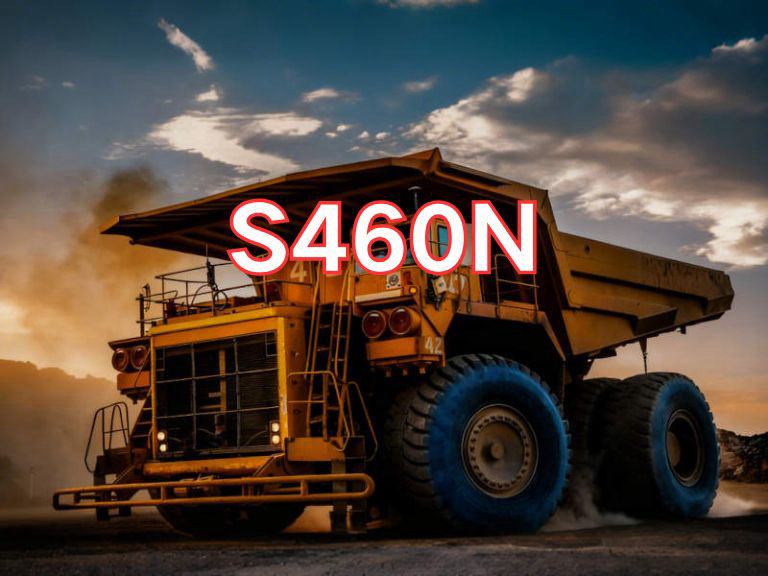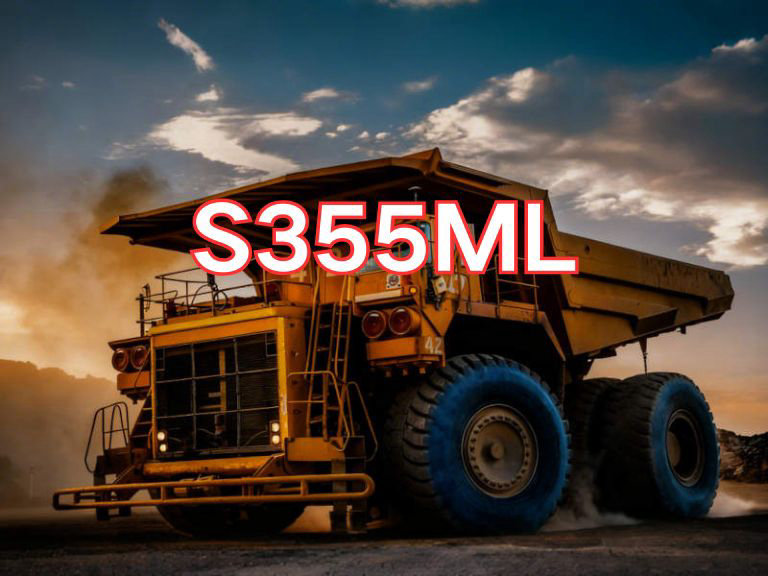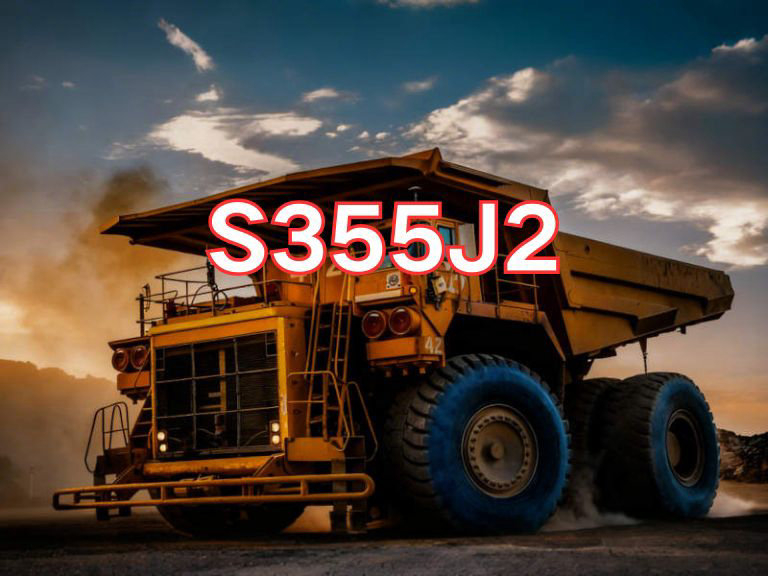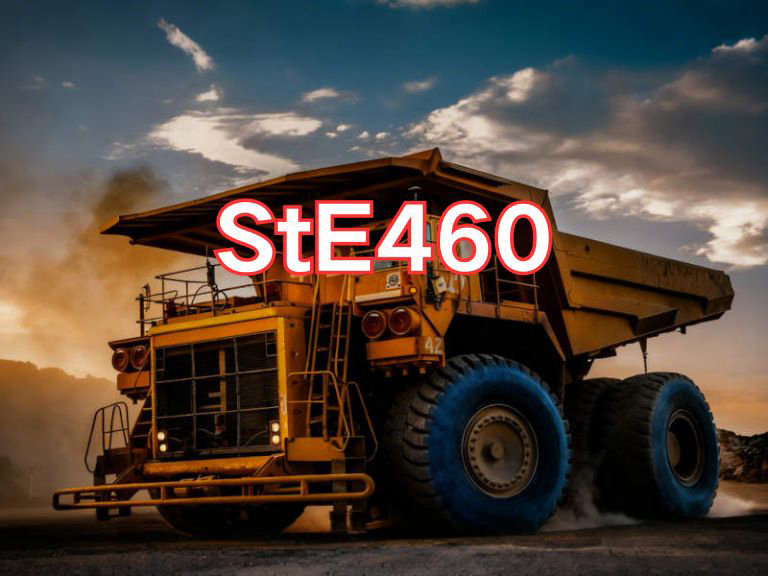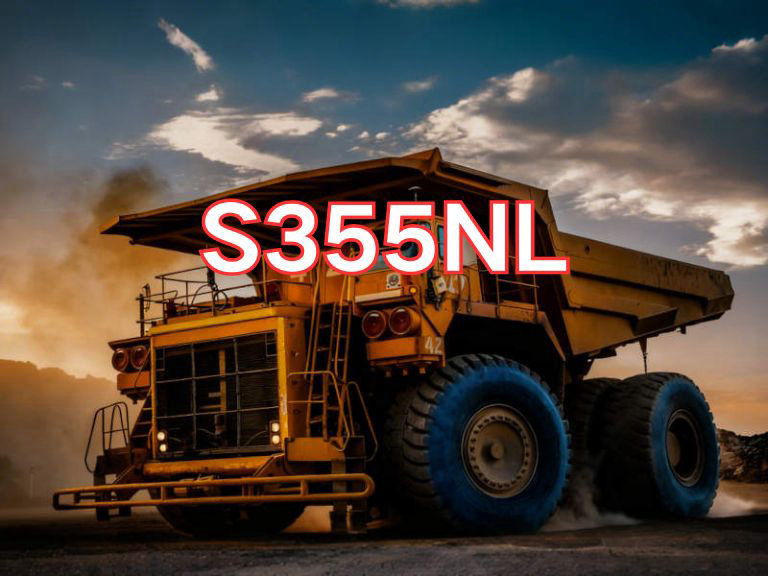

S355NL
S355NL is a high-strength, fine-grain structural steel, with its designation following the European standard EN 10025-3 naming system. In this system, "S" stands for "Structural steel," indicating it is designed for load-bearing and engineering applications; "355" refers to the specified minimum yield strength of 355 MPa at room temperature; "N" denotes the delivery condition as "Normalized" or "Normalizing rolled," meaning the steel is processed under conditions that result in a normalized microstructure through controlled cooling after hot rolling; and the letter "L" stands for "Longitudinal impact test," indicating that the Charpy V-notch impact test is performed on specimens taken parallel to the rolling direction. Specifically, S355NL must meet a minimum absorbed energy requirement (typically ≥27 J) in impact testing at an extremely low temperature of -50°C. Therefore, S355NL is a high-strength structural steel produced with a normalized or normalization-rolled process, maintaining reliable toughness even at -50°C, making it one of the most cold-resistant grades within the S355 series.
The main characteristics of S355NL steel plate include a combination of high strength, exceptional low-temperature toughness, and excellent weldability. The normalizing process results in a significantly refined grain structure and a uniform, dense microstructure, greatly enhancing the material's resistance to brittle fracture. Its tensile strength typically ranges from 490 to 630 MPa, with a minimum yield strength of 355 MPa, along with good elongation and fatigue resistance. The steel’s high metallurgical quality is ensured through strict control of chemical composition (such as reduced sulfur and phosphorus content) and the addition of micro-alloying elements. With a low carbon equivalent (CEV), S355NL exhibits excellent weldability and is compatible with various welding processes, including MAG, SAW, and TIG. Welded joints demonstrate good toughness, and preheating is generally not required, making it particularly suitable for field welding of large-scale structures.
S355NL is widely used in critical engineering structures operating in extreme cold environments, such as bridges, offshore platforms, liquefied natural gas (LNG) storage tanks, low-temperature pressure vessels, heavy construction machinery, railway vehicles, and wind turbine towers in Arctic or high-latitude regions. It is especially suited for vital load-bearing components exposed to prolonged cold climates, dynamic loads, or stress concentrations.
The current standard for S355NL steel plate is EN 10025-3:2019, titled Hot Rolled Products of Structural Steels – Part 3: Technical Delivery Conditions for Normalized/Normalized Rolled Weldable Fine Grain Structural Steels. Published in 2019, this version supersedes EN 10025-3:2004 and is the authoritative international specification. It clearly defines technical requirements for chemical composition, mechanical properties, normalizing process, and impact toughness at -50°C. As a premium low-temperature structural steel, S355NL plays an irreplaceable role in ensuring structural safety in extreme cold conditions and represents a key high-performance material choice in modern industrial applications.

Ultrasonic Testing (UT)
A key non-destructive testing technique that uses high-frequency sound waves to detect internal flaws in steel plates. The probe emits sound waves, which reflect when encountering defects such as cracks or inclusions. The receiver captures the echoes, enabling precise determination of defect location and size. With high sensitivity, strong penetration, and fast inspection speed, UT effectively ensures internal quality, widely used in the production of heavy plates, pressure vessel plates, and other high-end products to guarantee safety and reliability.

Magnetic Particle Testing (MT)
A common surface inspection method that magnetizes the workpiece, causing leakage magnetic fields at surface or near-surface defects like cracks or inclusions, which attract magnetic particles to form visible indications. Simple to operate and highly sensitive, MT is suitable for rapid inspection of surface and near-surface flaws in ferromagnetic materials, widely used for online or offline inspection of plate edges, ends, and welds, ensuring product quality and safety.

Penetrant Testing (PT)
A non-destructive method for detecting surface-breaking flaws. A penetrant liquid is applied to the cleaned steel surface, allowing it to seep into defects such as cracks or pores. After removing excess penetrant, a developer is applied, causing the trapped penetrant to bleed out and form visible indications. Simple and cost-effective, PT is suitable for inspecting surface defects in various non-porous materials, commonly used for welds, castings, and complex components, effectively ensuring surface quality of steel plates.

